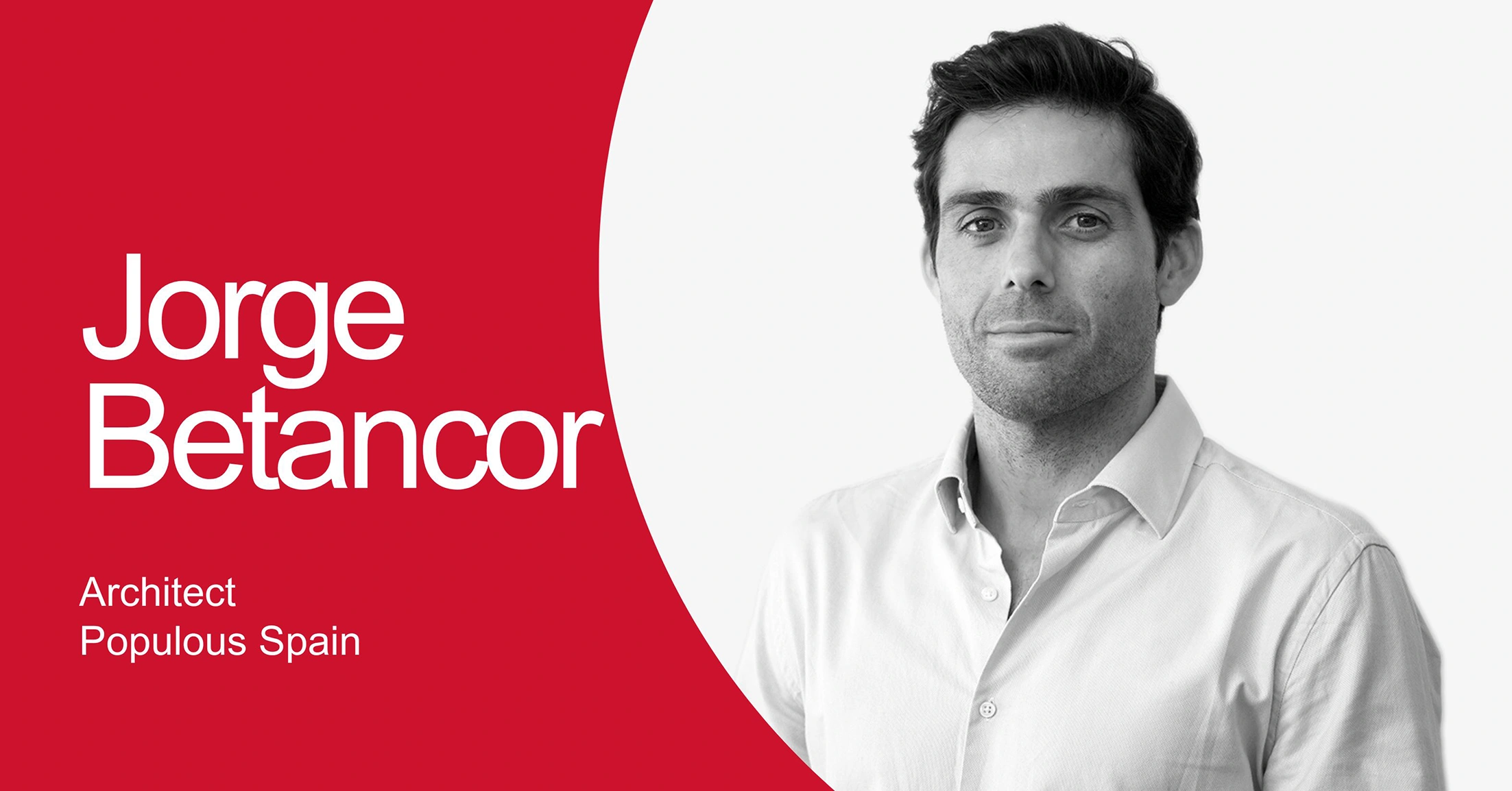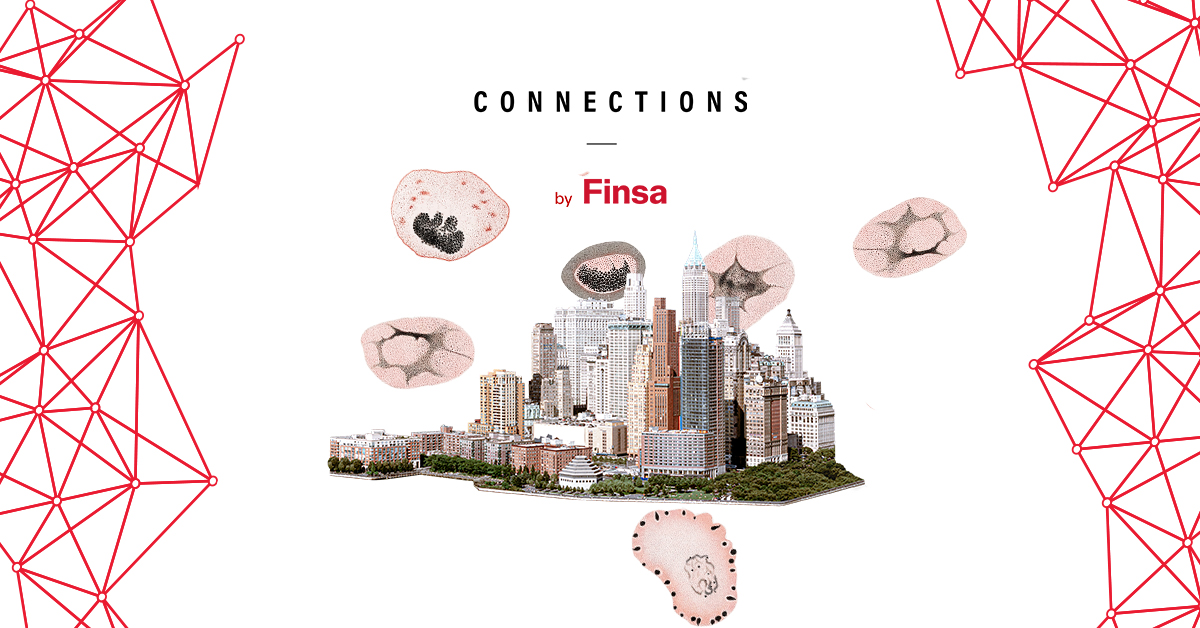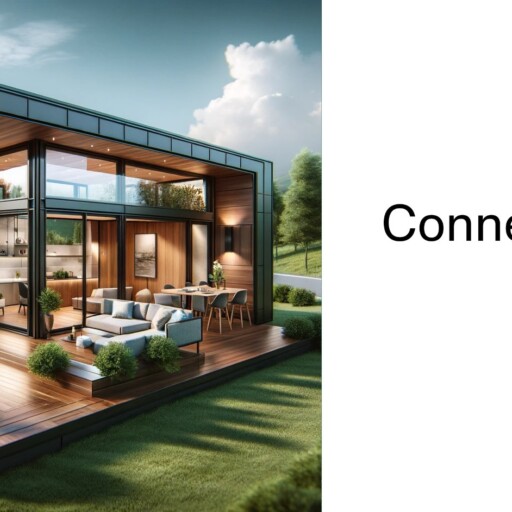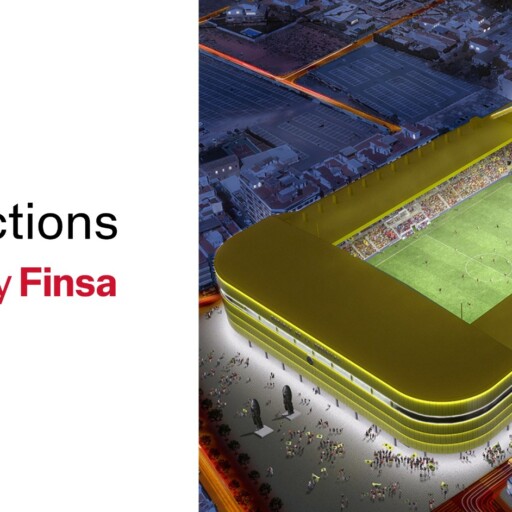The firm Populous has been dedicated to sports projects for more than thirty years from its headquarters in Kansas (United States). It has a staff of more than 1,300 people in 25 offices across four continents.
In 2024, the entity will open a delegation in Spain, where Jorge Betancor, an architect who has been with the company for 11 years, will be the reference person for carrying out works such as those for the 2030 FIFA World Cup to be held in Spain, Portugal, and Morocco. We CONNECT WITH… Jorge Betancor to learn more about the firm’s work and the execution of sports and entertainment infrastructure.

How did you get in touch with sports architecture and Populous?
I have always loved sports, and I was even a licensed athlete. Eleven years ago, I was in London working mainly on educational buildings, residential sector… but I wanted a change. I had several options to choose from, and when Populous offered me to join the Manchester City project and I saw its growth potential, I knew my path was there. I was not mistaken.
What projects will Populous undertake in Spain?
Our goal goes far beyond the World Cup. We want to help on a more human scale, to be able to have a coffee with clients to offer a more direct relationship, especially on large-scale and boutique-type projects.
How do you manage to create sports spaces that last beyond events like the 2030 World Cup?
There is a greater awareness of this permanence. These one-time events create infrastructure that serves to improve and regenerate. That is, after hosting the event, the infrastructure must function, enhance experiences, generate income… There must be a legacy from the project and the business must operate before and after.
First, you have to look at the space in which the building is located and make it fit with the surroundings, making it a starting point for the urban fabric. In this sense, what we design for one place cannot always be applied elsewhere. For example, after The Sphere in Las Vegas, everyone wanted a similar project. We can match the experience, but not the architectural concept, because The Sphere only makes sense in Las Vegas.
Ver esta publicación en Instagram
How is sustainability incorporated into these large projects?
It is considered in the project from the beginning because it is better to start with this premise than to fix something that is already done. We have a whole team dedicated to sustainability, focused on the self-sufficiency of the building at all stages of construction. Our commitment is that by 2030 we will only work on zero-carbon footprint projects.
In 2021, we developed the Climate Pledge Arena in Seattle, recognized as the first building of its kind in the world to achieve zero emissions, certified by the International Living Future Institute, a nonprofit organization that uses strict data standards to determine emission neutrality. There are other examples, such as the use of recycled materials from Boeing aircraft in a project in Strasbourg (where the factory was nearby), water collection to irrigate fields, electricity generation using solar panels…
Ver esta publicación en Instagram
Recently, you mentioned that Spain lacks multi-format spaces to host different types of musical events. What would be your proposal?
The existing stadiums in Spain are the legacy of the 1982 World Cup; they are infrastructures not updated for the experiences consumers demand today. They do not offer the fan experience or the business model we find in the UK or the US, where stadiums are amusement parks. We make the mistake of thinking that people should only be treated well in hospitality, and sports and entertainment can also improve their experiences, connect a space with the city, offer quality food…
Sports real estate is a trend that is here to stay. How do you see it from Populous?
In the past, stadiums were designed like a three-ring theater; you bought your seat and watched a sporting event. That event happened 20 or 30 times a year at most, so the economic and urban investment is very large for such rare use. Therefore, hospitality levels, boxes, clubs… were created because the goal of any operator is for their infrastructure to work more days a year.
We have good examples with the O2 in London and Madison Square Garden in New York, which host many more events a year. There is a misconception that we can make them all multipurpose spaces, but it depends: maybe you are not interested in hosting 50 types of events, just 1 or 2 according to your infrastructure. This also depends on the competition in the same city and, in fact, for the Populous team, this is as important as the design. We start designing once we see the project’s goal, what secondary and tertiary activities there will be, or if the same experience is enjoyed in football or another event.
In this sense, we see that Madrid, being the city of music, is underutilized in a certain sense. It lacks intermediate spaces, a product between the capacity of the Wizink (18,000 people) and La Riviera (2,500 people). The same happens with the stadiums, they are underused, and they need to operate differently, maybe not always with all the seats filled, but ensuring they generate income.
Ver esta publicación en Instagram
What materials are most suitable for the work you usually do?
We do not use just one material because the projects are completely different. We apply local materials, zero kilometers, although we have a great limitation in our sector: we create superstructures, which due to weight and movements require material physics that respond adequately. Nevertheless, we try to vary and adapt to each place, using systems such as a digital skin or practically not generating a façade.
What are the key factors to consider for good sports space architecture?
The starting point is to understand why you need that infrastructure, to understand the business model well. Everyone may want a large stadium, but it is neither sustainable nor economically feasible; it is necessary to verify that the model works in that specific place. We value the infrastructure being an anchor for urban regeneration. Cities grow outward, and these buildings support the residential sector and bring about a change in the way the city is seen.
Ver esta publicación en Instagram
What distinguishes Populous’ good work in this type of project?
We approach projects globally with the interdisciplinary teams we have, linking them to the project according to requirements: sustainability, landscaping, branding, business model, acoustics, audiovisual (because what you see and hear influences how you experience it)…
How do you find inspiration in your day-to-day work?
We need to reinterpret because a lot has already been invented, but we must adapt to reality and time. Tottenham (link to curation) is in London; here we will do something else. We can learn from that and bring it to our reality.
What would be your dream project?
After being in different countries, I would love to help Spain make that differential point in sports infrastructure. Before becoming a sports architect, I loved consuming sports, so I see its potential. In Spain, we are a reference in tourism and food, but we could also benefit from exploiting the sports and entertainment sector.
If you liked this interview, don’t miss this selection of Populous projects.




